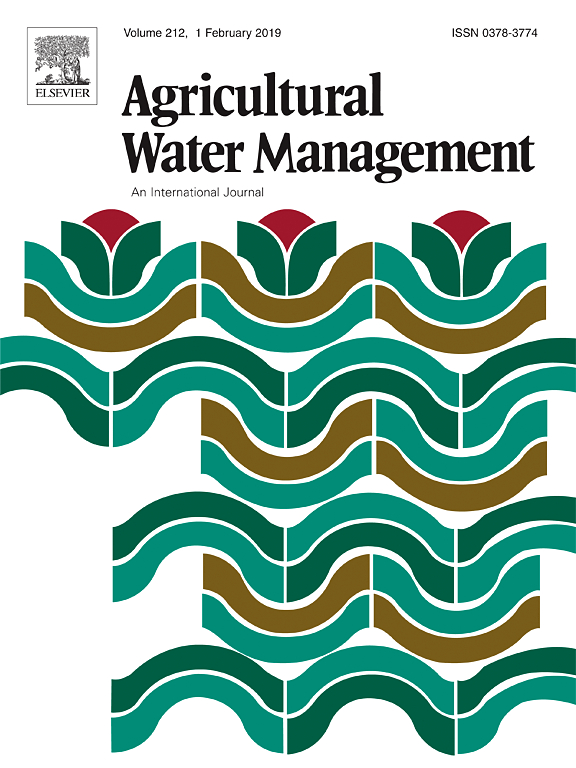The Everglades Stormwater Treatment Areas (STAs), a network of large, constructed wetlands, were built to reduce phosphorus (P) in water discharged into downstream oligotrophic Everglades ecosystem. These wetlands are colonized by two main types of macrophyte communities: emergent aquatic vegetation (EAV) and submerged aquatic vegetation (SAV). The objective of this study was to compare the seasonal and spatial patterns of surface water quality within two flow-ways (FWs) in STA-2 (FW1 dominated by EAV and FW3 a mixed marsh with both EAV and SAV) and assess how surface water quality was affected by extreme storm events. Surface water samples were collected from three stations (near the inflow, middle of the FW, and near the outflow) along the flowpath of each FW four times from 2016 to 2018. Total P and its fractions generally decreased along the flowpath in both FWs while other elements did not show a consistent trend between seasons. Surface water quality in FW1 had more evident seasonal patterns and was less affected by 2017 storm events compared to that of FW3. The changes and patterns of water quality indicate that the processes (e.g., plant nutrient uptake, microbial assimilation, detritus decomposition and particle settling, etc.), which take the primary role of removing nutrients from the water column in FW1, vary not only due to the differences in plant growth but also to variations of hydraulic and nutrient loadings over wet and dry seasons. In FW3, on the contrary, our results indicate that the occlusion process facilitated by underwater photosynthesis of SAV likely enhanced the capacity of removing P and associated elements from water column and attenuated the seasonal differences. The SAV in FW3 also was susceptible to extreme events, with both short- and long-term adverse effects of storm events on surface water quality.
DOI:
https://doi.org/10.1016/j.ecoleng.2023.107125
Altmetric score:
Dimensions Citation Count:

Publication year
2023
Authors
Hu, J.; Vardanyan, L.G.; Villapando, O.; Bhomia, R.K.; Inglett, P.W.; Li, X.; Feng, G.; Reddy, K.R.
Language
English
Keywords
wetlands, vegetation, water quality, spatial data, phosporus, nitrogen, carbon, sulfate, metal






















